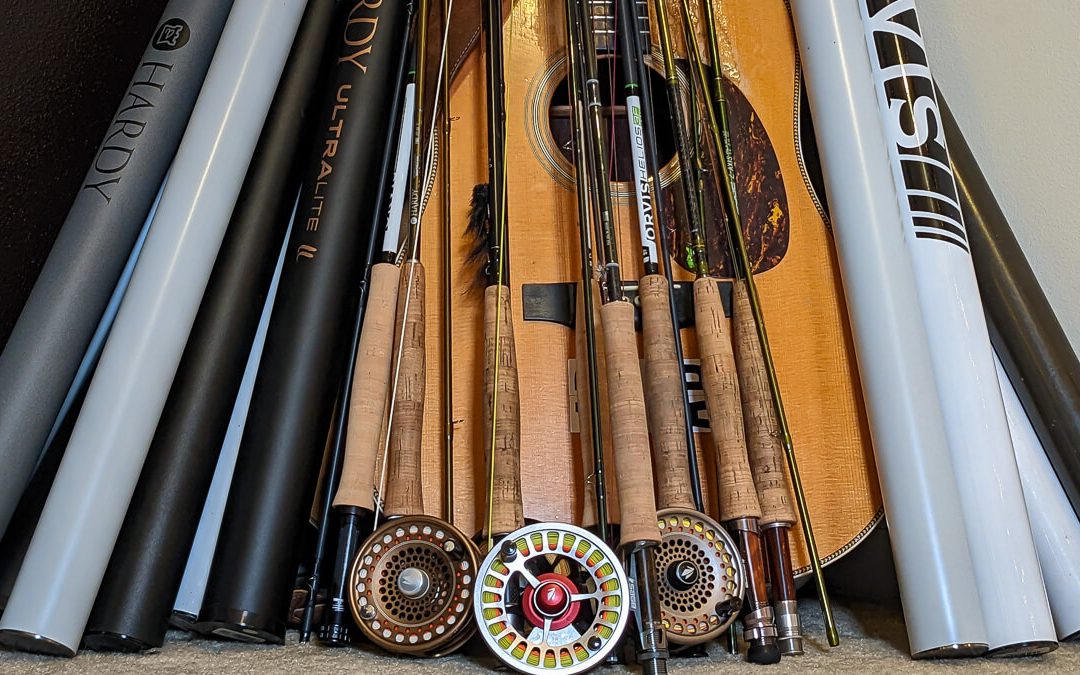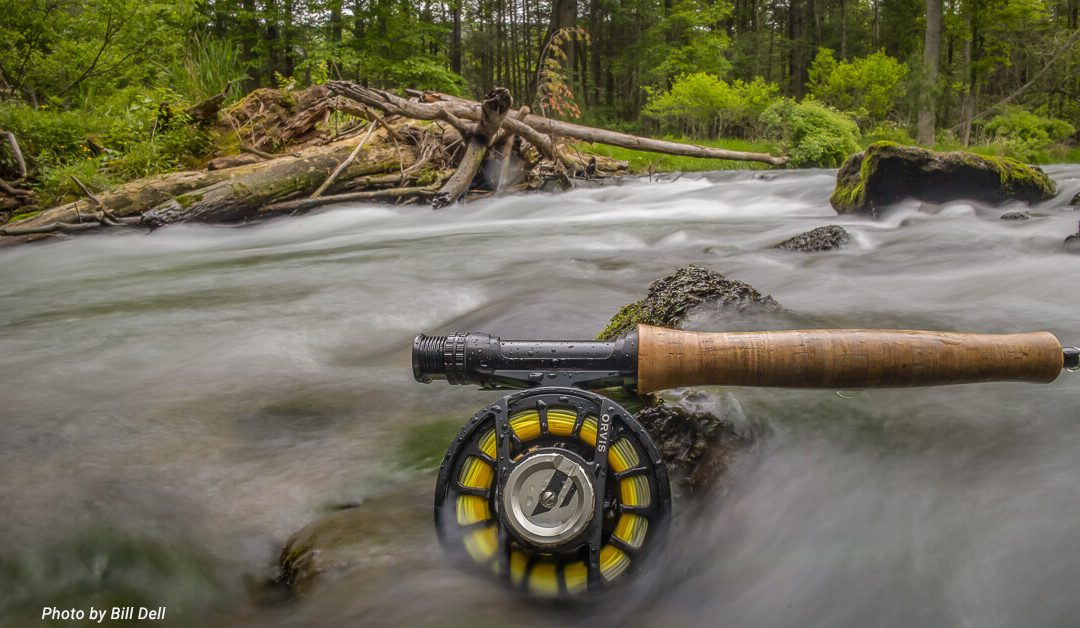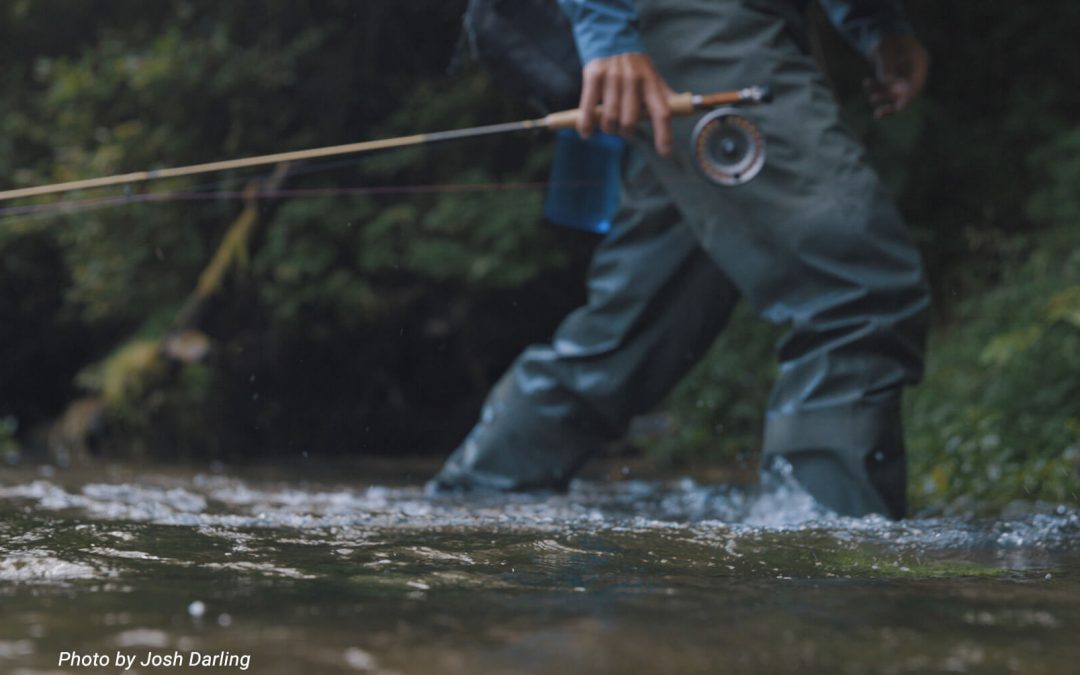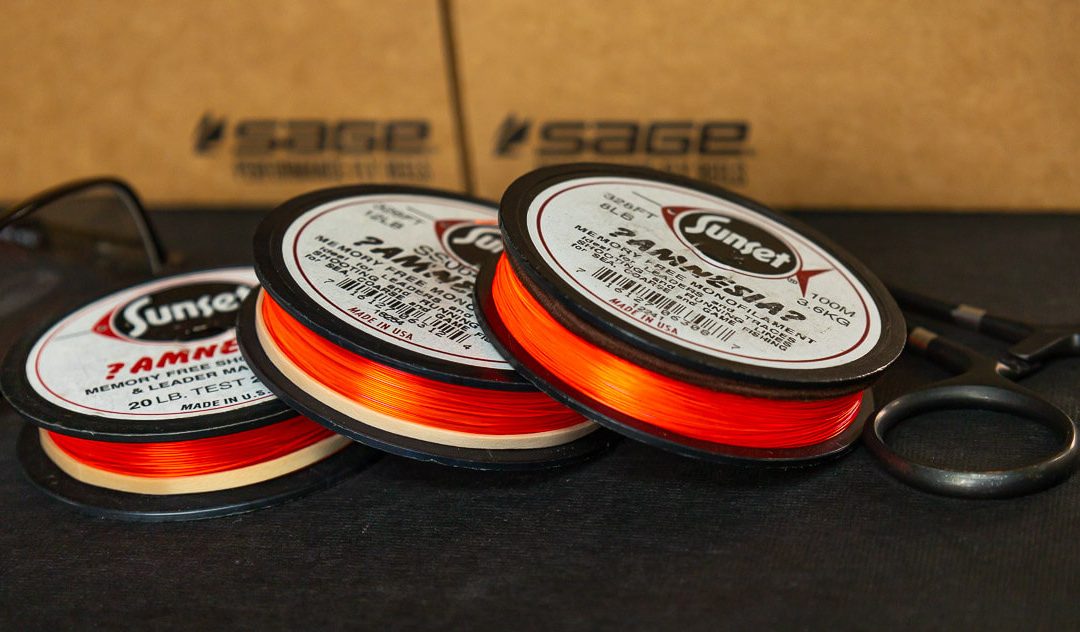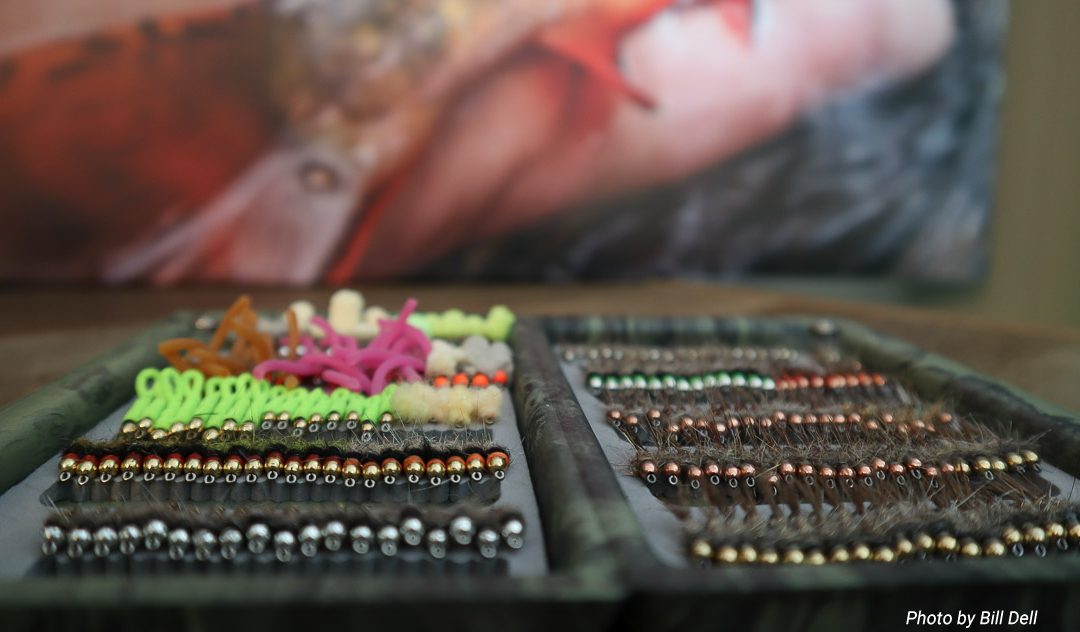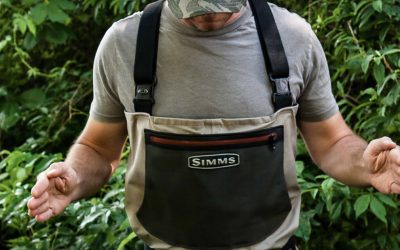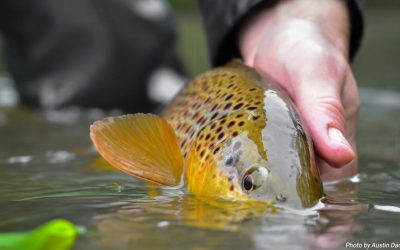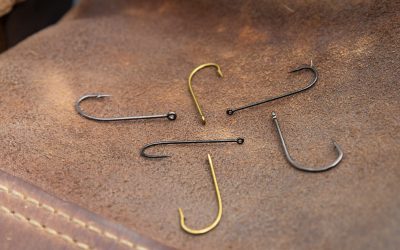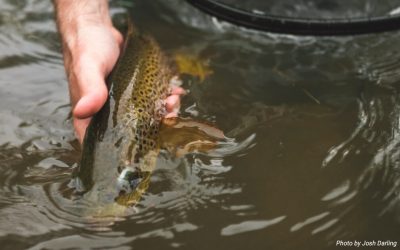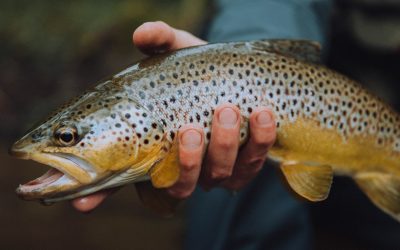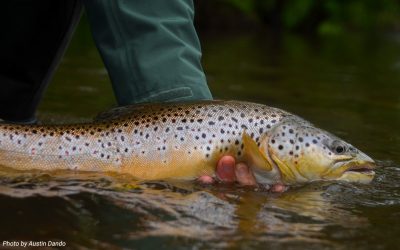A great fly rod responds to the angler. The slightest motions and refinements in the cast are transmitted to the rod, and it flexes — it responds in kind. The angler’s thoughts and instincts flow through a great rod, so our accuracy and adjustments become effortless.
We can be in tune with a great rod and perfectly connect with its performance. With some time spent fishing a great fly rod, it becomes an extension of our will. The fly hits the target because we want it to. The leader lands with s-curves in the tippet because that’s what we decided. And the rod makes it happen.
A go-to fly rod is like an old dog or a good friend. We know them, and our connection is natural.


